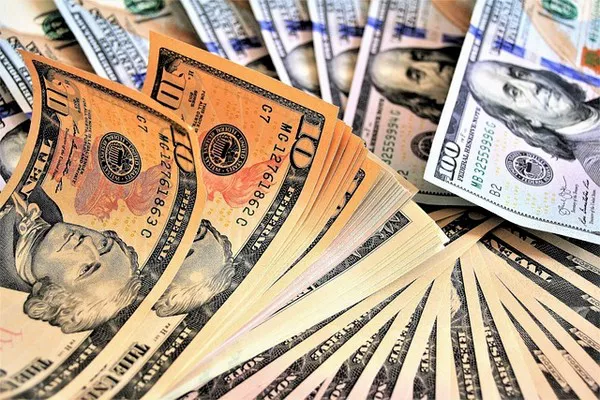Inflation is a key economic indicator that can significantly affect a country’s currency, including the value of the U.S. dollar. As inflation rates increase, various economic factors come into play, influencing both domestic and international perceptions of the currency’s strength. This article explores the dynamics of how the dollar responds to rising inflation, examining its implications on global markets, trade balances, and monetary policies.
How Does Inflation Affect Dollar Value?
When inflation rises, the purchasing power of a currency decreases, leading to higher prices for goods and services. This decrease in purchasing power can undermine the value of the dollar in several ways. Firstly, investors and consumers may perceive higher inflation as a sign of economic instability, causing them to demand higher interest rates to compensate for the eroding value of their money. In response, central banks may raise interest rates to curb inflation, making dollar-denominated assets more attractive to investors seeking higher returns. Consequently, this increased demand for dollars can support its value in the foreign exchange markets.
Additionally, rising inflation can impact the dollar’s value through its effect on international trade. As domestic prices increase due to inflation, U.S. exports become more expensive relative to foreign goods, leading to a decline in export demand. This trade imbalance can put downward pressure on the dollar as foreign consumers and businesses seek cheaper alternatives from other countries. Moreover, if inflation outpaces wage growth, consumers’ purchasing power diminishes, potentially slowing domestic economic activity and reducing demand for goods and services. This slowdown can further weaken the dollar’s value as investors seek higher returns in more robust economies with lower inflation rates.
How Does Inflation Influence Monetary Policy and Interest Rates?
Inflation plays a crucial role in shaping monetary policy decisions, particularly in relation to interest rates, which can significantly impact the dollar’s value. Central banks, such as the U.S. Federal Reserve, closely monitor inflation indicators to gauge the health of the economy and adjust interest rates accordingly. When inflation rises above the target rate, central banks may adopt a tighter monetary policy by increasing interest rates to reduce borrowing and spending. Higher interest rates make borrowing more expensive, which can help cool down an overheating economy and stabilize prices.
The relationship between inflation and interest rates directly affects the dollar’s value. As interest rates rise, the returns on dollar-denominated assets become more attractive to foreign investors seeking higher yields. This increased demand for the dollar in global markets can strengthen its value relative to other currencies. Conversely, if inflation remains stubbornly high without corresponding interest rate adjustments, it can erode confidence in the dollar’s purchasing power over time. Investors may anticipate further depreciation of the dollar and seek alternative currencies or assets that offer better protection against inflationary pressures.
How Does Inflation Impact International Reserves and Trade Balances?
Rising inflation can also influence a country’s international reserves and trade balances, which can indirectly affect the dollar’s value. Countries holding large dollar reserves may reconsider their asset allocation strategies in response to inflationary pressures. If the dollar’s purchasing power declines significantly due to inflation, foreign central banks and investors may diversify their reserves into other currencies or assets perceived as more stable and less susceptible to inflation risk.
Moreover, inflation can impact trade balances by altering the competitiveness of a country’s exports. As domestic prices rise due to inflation, U.S. goods become more expensive in international markets, potentially reducing export volumes. A decline in exports relative to imports can widen the trade deficit, placing downward pressure on the dollar’s exchange rate. In response, policymakers may implement measures to address trade imbalances, such as tariff adjustments or trade agreements, to support domestic industries and stabilize the currency.
See also How Close Is The Dollar To Collapse?
Conclusion
In summary, the relationship between inflation and the value of the U.S. dollar is complex and multifaceted. Rising inflation erodes the purchasing power of the dollar, influencing investor sentiment, trade dynamics, and monetary policy decisions. Central banks play a critical role in managing inflation through interest rate adjustments, which can impact the dollar’s attractiveness in global markets. Additionally, inflation affects international trade balances and the composition of international reserves, shaping the broader economic landscape. Understanding these interconnections is essential for investors, policymakers, and businesses navigating the challenges posed by inflationary environments and their implications for currency markets.


